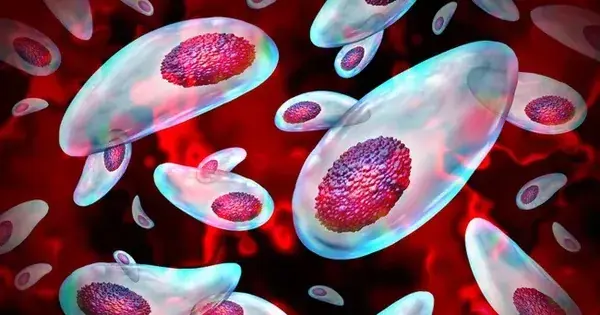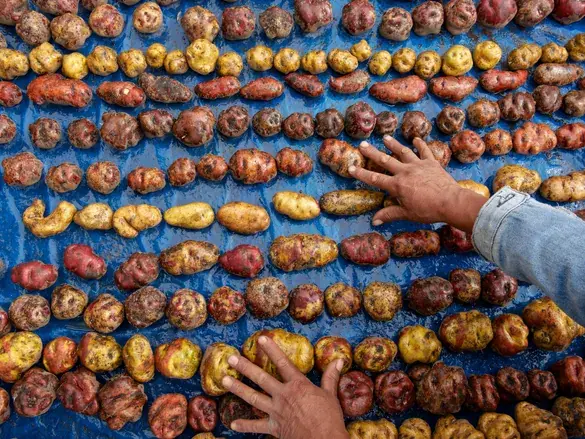
4 Summer Vegetables Most Likely to Contain Har.mful Chemicals — Especially #1
4 Summer Vegetables Most Likely to Contain Har.mful Chemicals — Especially #1
Vegetables are packed with nutrients and vitamins, but to prevent pest damage, many growers or vendors may spray harmful chemicals that can pose serious health risks to consumers.
During the summer, the demand for fresh greens rises, especially as hot weather makes dishes like vegetable soups and boiled greens a daily choice. However, concerns about food safety lead many to wonder: which vegetables are most prone to chemical contamination in summer?
According to VTC News, Dr. Vũ Thanh Hải, Head of the Department of Vegetables and Fruits at Vietnam National University of Agriculture, warns that off-season vegetables in summer are particularly risky, as growers often use more chemicals to help the plants grow under unfavorable conditions.
“Out-of-season summer crops are more likely to be treated with higher levels of pesticides, growth stimulants, and fertilizers. Examples of vegetables that are easy to contaminate with chemicals during summer include tomatoes, cabbage, kohlrabi, and string beans grown in highland areas,” said Dr. Hải.
1. Cabbage
Cabbage is a cool-season crop that thrives in winter. Growing it in summer goes against its natural cycle, making it harder to grow and more susceptible to pests. As a result, farmers must use more fertilizers and pesticides to produce the tight, appealing heads we see in markets—raising the risk of chemical residue.
2. Tomatoes
Tomatoes prefer cooler weather and are best grown in late spring or early fall. When grown in the sweltering summer, they're more vulnerable to pests and poor growth. To compensate, growers often use pesticides and growth hormones to produce uniformly red, shiny tomatoes that look appealing on shelves.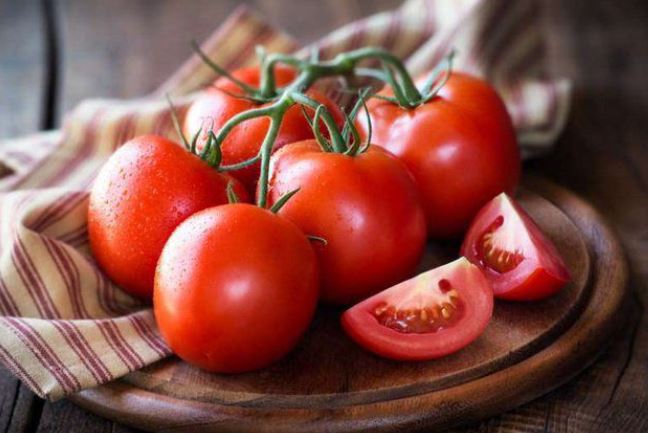
3. Kohlrabi
Like cabbage, kohlrabi is a winter vegetable. When planted in summer, its growth slows and pest issues increase. Farmers typically rely on chemical fertilizers and pesticides to produce round, firm bulbs, making this another summer crop prone to chemical contamination.
4. String Beans (Green Beans)
While string beans can grow well in the summer in highland or temperate regions, they struggle in lowland areas with intense heat. In these conditions, they’re more likely to suffer pest infestations. To maintain appearance and yield, farmers often increase pesticide and stimulant use.
How to Wash Vegetables Properly
According to Vietnam’s Department of Food Safety (Ministry of Health), washing vegetables thoroughly is critical before cooking or eating. Some people use salt water, potassium permanganate, or marketed vegetable-cleaning solutions to clean produce.
However, these methods only partially remove surface dirt, chemicals, and bacteria — they are not effective at eliminating parasites. Using high concentrations of salt or cleaning chemicals may also bruise vegetables, dull their color, and affect their flavor.
The best food-safe cleaning method is still traditional washing:
-
For leafy greens (like lettuce, mustard greens):
-
Rinse each leaf under strong running water.
-
Gently scrub both sides of each leaf without rushing.
-
Repeat at least three times.
-
Optionally, soak the leaves in diluted saltwater or ozone-treated water after washing.
-
-
For smaller-leaf vegetables (like water spinach or cress):
-
Soak and swish in a clean basin of water, changing the water at least three times.
-
Finish with a saltwater soak or ozone water rinse if needed.
-
-
For fruits:
-
Rinse thoroughly under running water multiple times.
-
Peel before eating if possible.
-
The Department of Food Safety also recommends avoiding raw vegetables when possible, especially to reduce the risk of parasitic infections, even after careful washing. Cooking thoroughly is still the safest option.
Buy from Reputable Sources
According to Hanoi’s Food Safety Authority, consumers should buy food from reliable, licensed sources that meet safety standards. Prioritize products with traceable electronic codes or official certification marks. Products from certified suppliers participating in traceability programs are generally safer and better monitored.
Takeaway: During the summer, be extra cautious when buying off-season vegetables like cabbage, tomatoes, kohlrabi, and string beans. Wash everything thoroughly under running water and, whenever possible, cook vegetables to reduce risks.
News in the same category

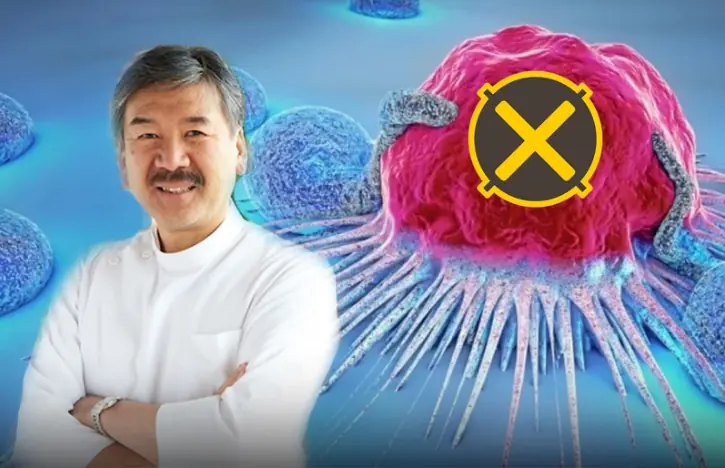
No can:cel recurrence for 15 years: A Japanese doctor's 5 simple secrets to keep malignant cells from "daring to return."
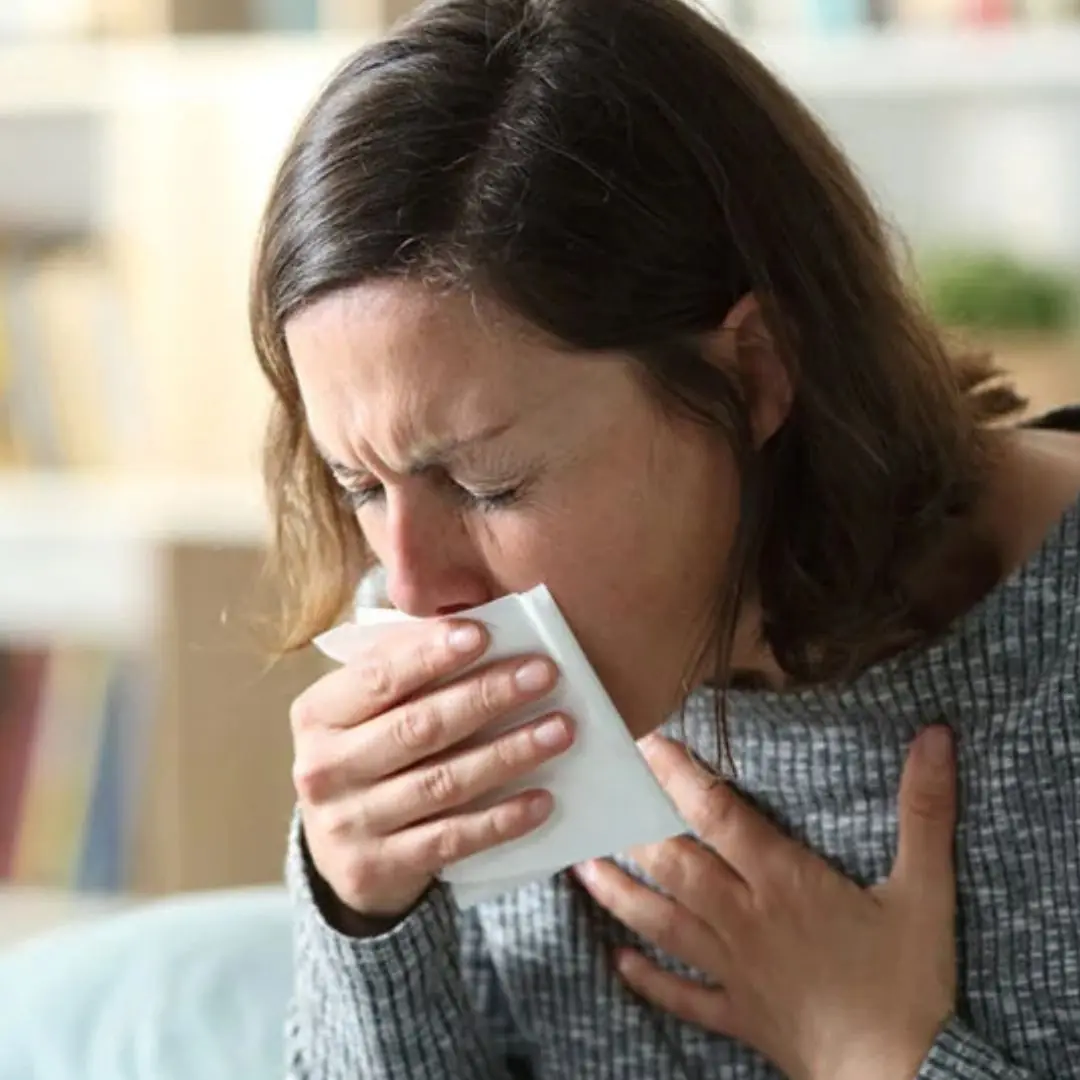
Why Won’t My Dry Cough Go Away? Common Causes Explained
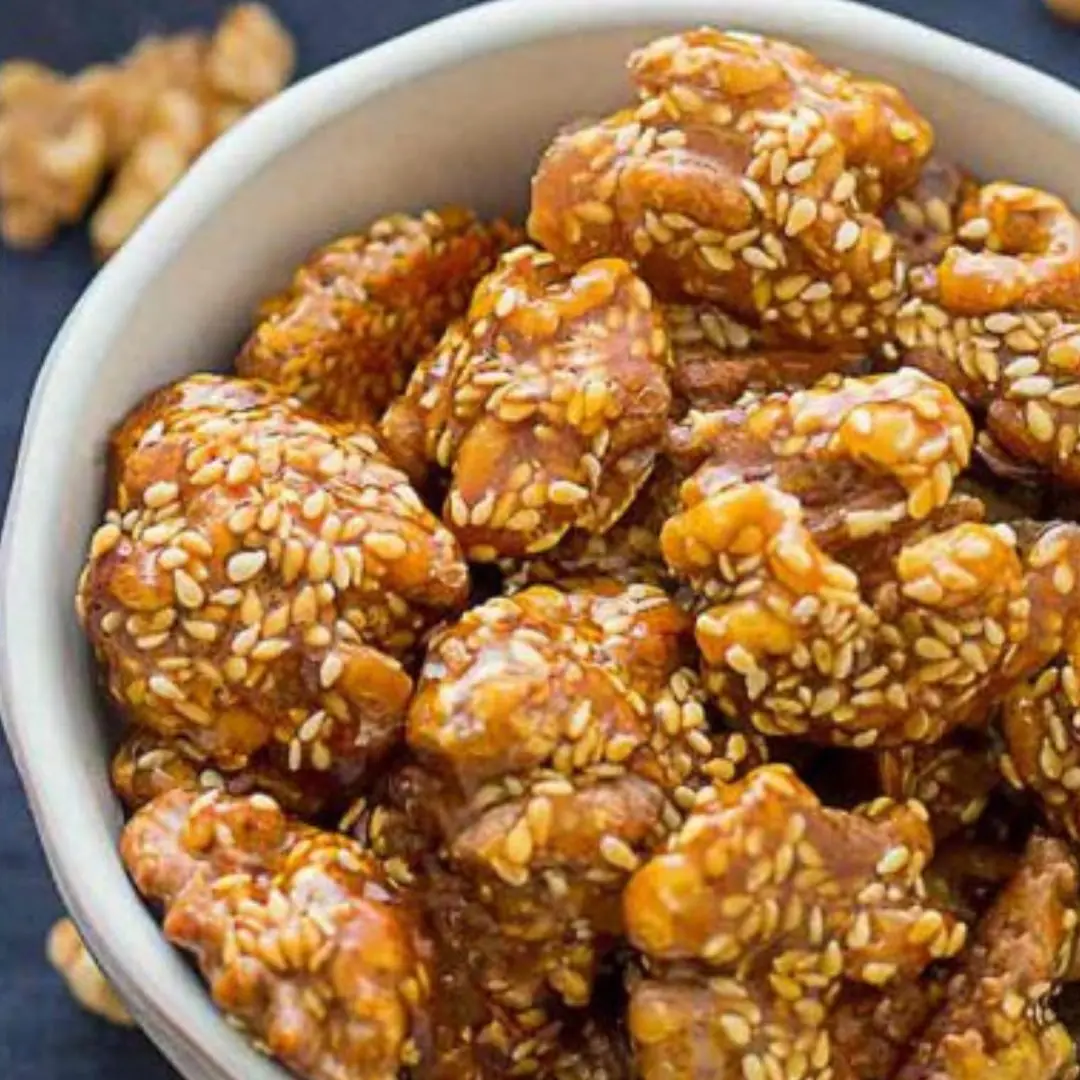
Discover the power of this seed: Protects the liver, effectively enhances memory
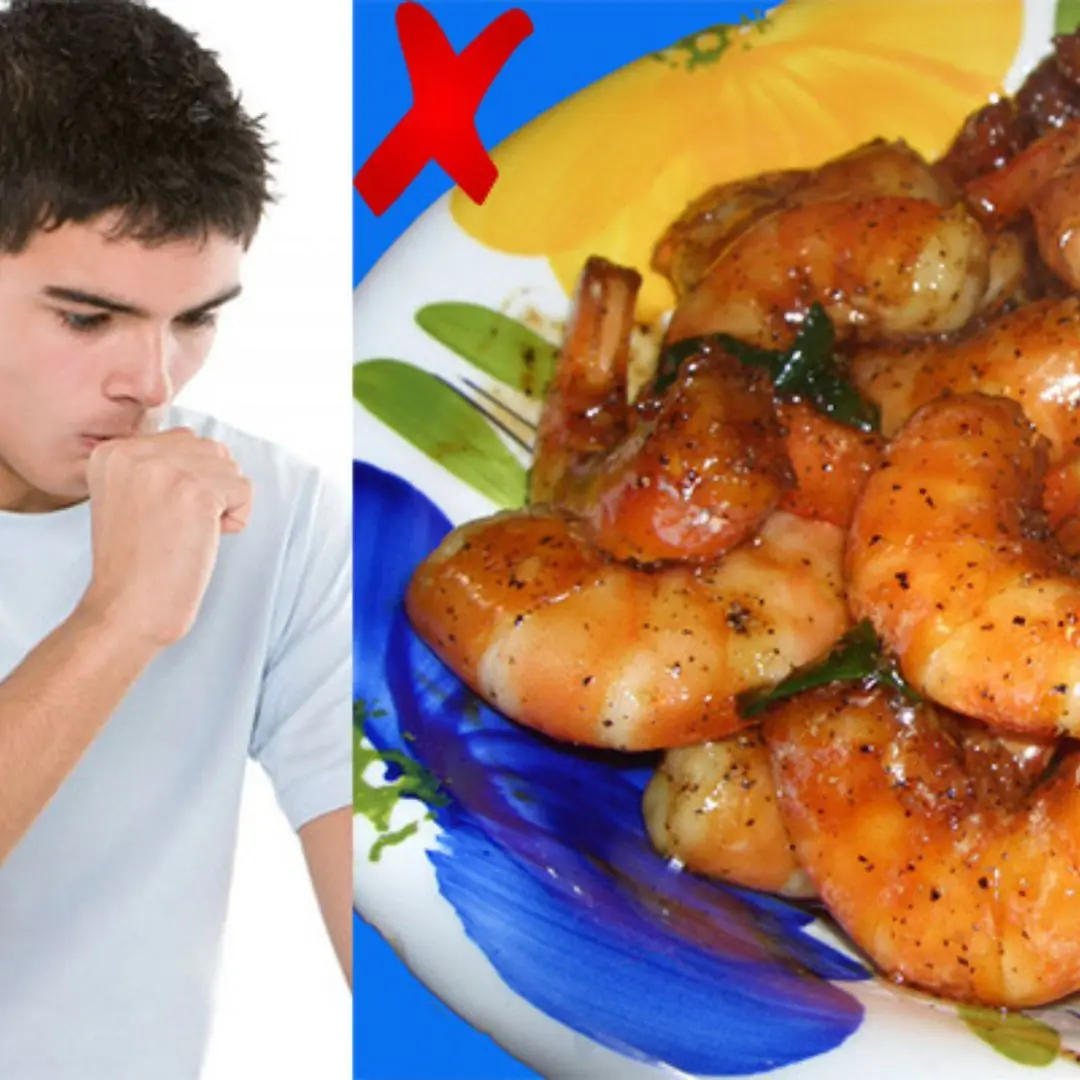
Shrimp lovers, beware: Don’t eat shrimp if you have these 6 health issues
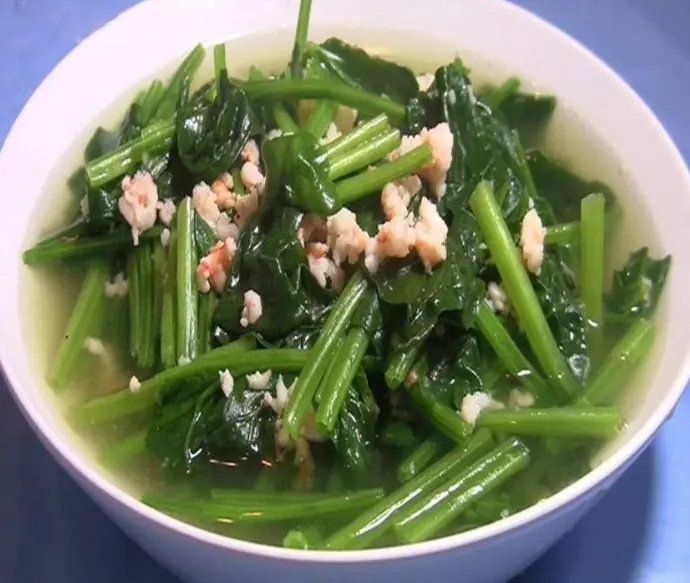
10 cheap foods that are just as nutritious as bird’s nest
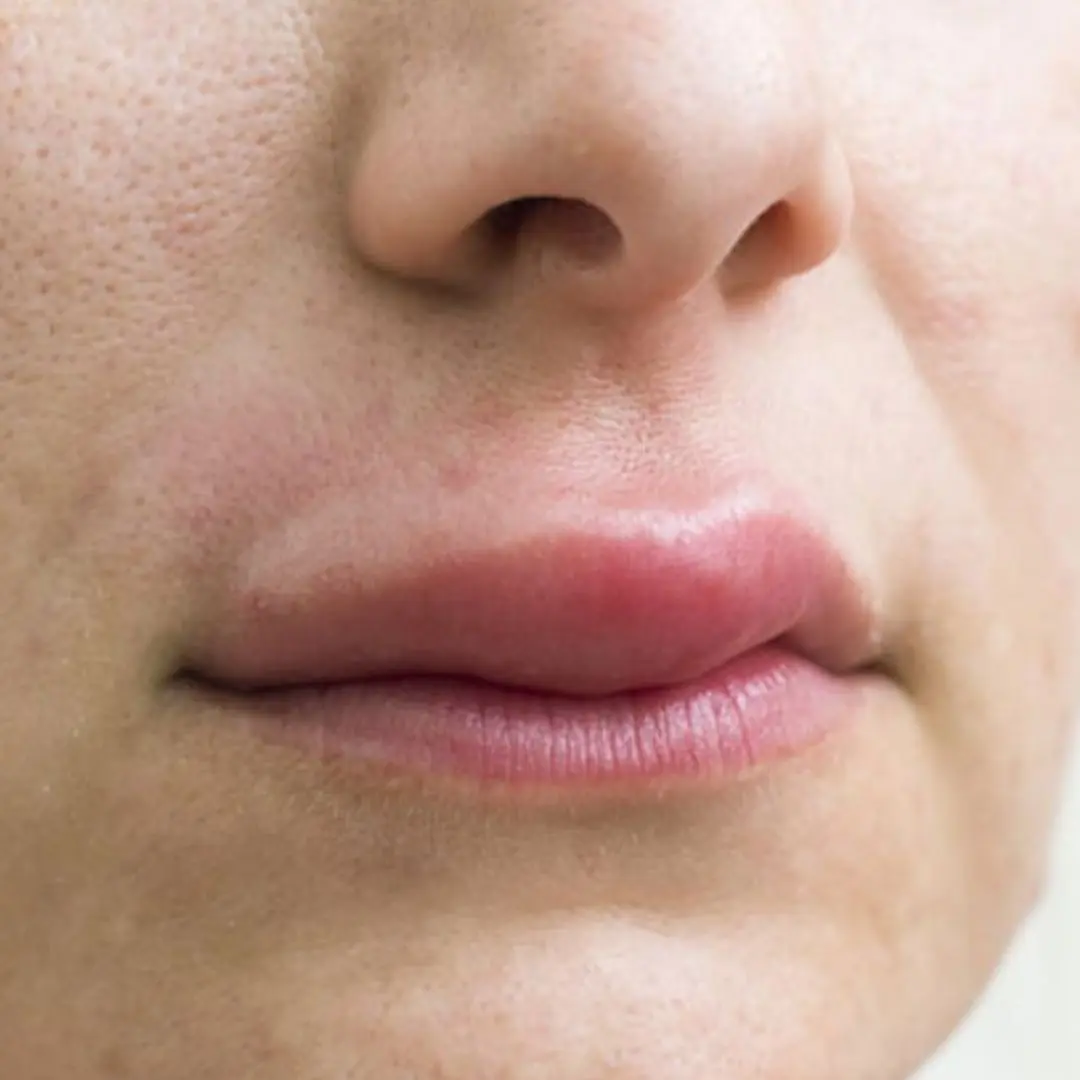
What is the disease of waking up with a swollen upper lip? Causes and treatment
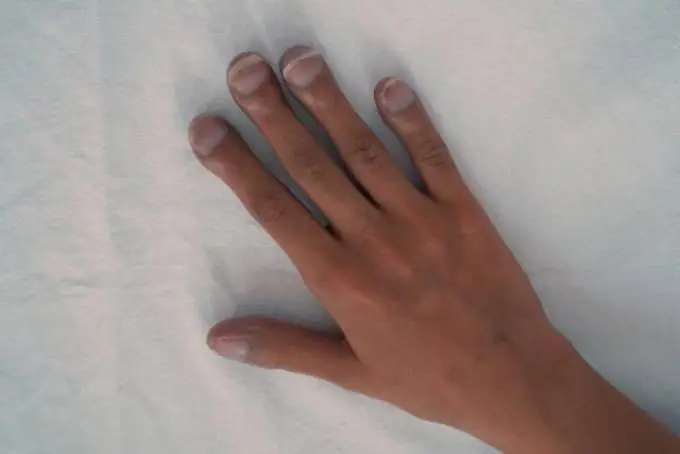
One Small Change in Your Fingers Could Be an Early Sign of Lu.ng Can.cer
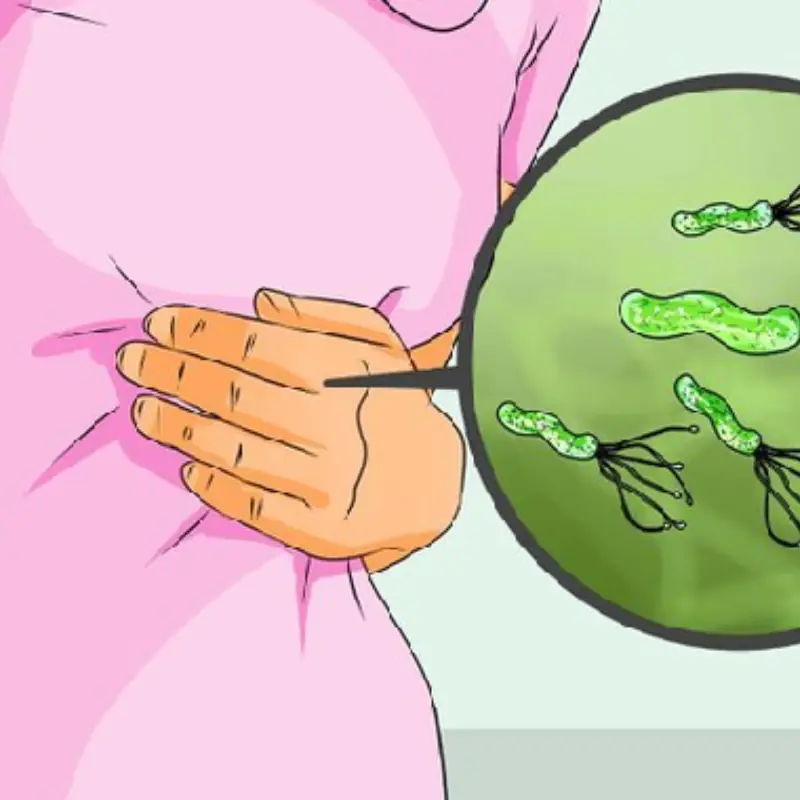
Doctors Say There Are 5 Symptoms After Meals So You Should Have an Early End.os.copy

4 Common Morning Habits That Bring You Closer to a Str.oke
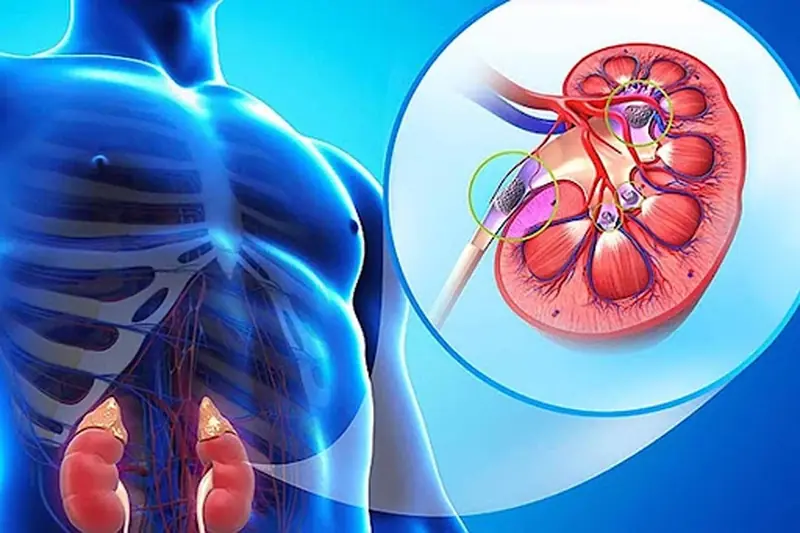
Healthy kidneys, the body will have these 5 signs, check how many of them you have!

4 Daily Habits That Silently Destroy Your Hips — Women Over 40, Be Careful!
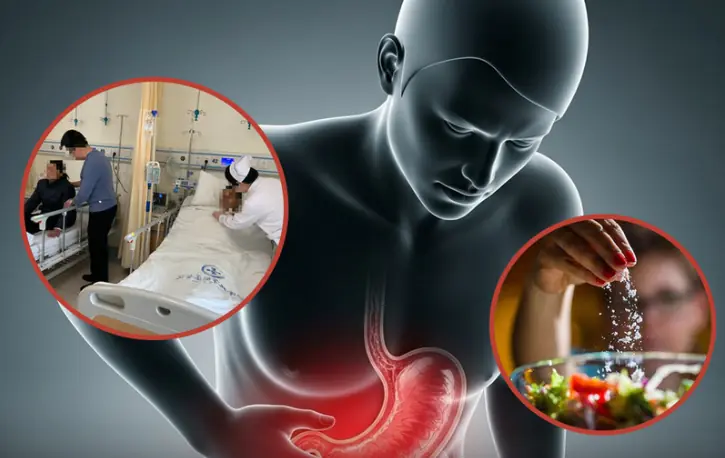
Four Brothers Diagnosed with Stomach Can.cer: Doctors Identify Two Common Habits as Major Risk Factors
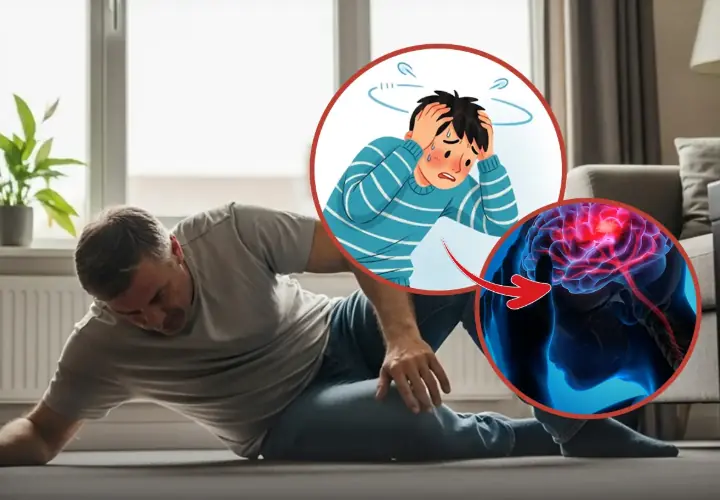
Doctors say it's possible to predict a stroke 90 days before: These are the early warning signs of a stroke, be prepared
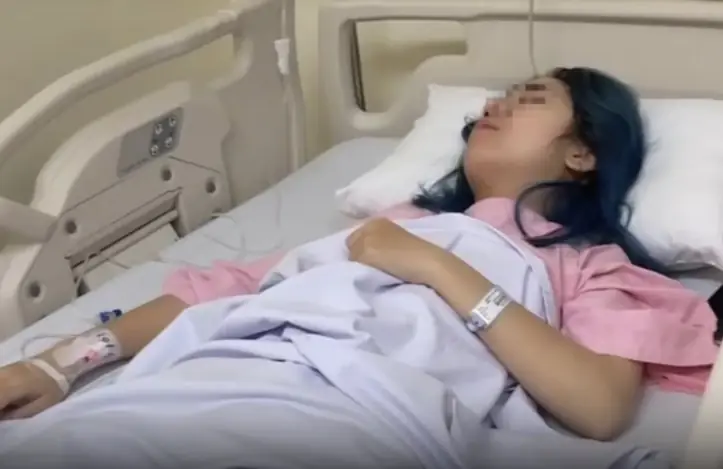
Eat 4 foods on an empty stomach in the morning to help clean the intestines, improve digestion, and prevent can:cer
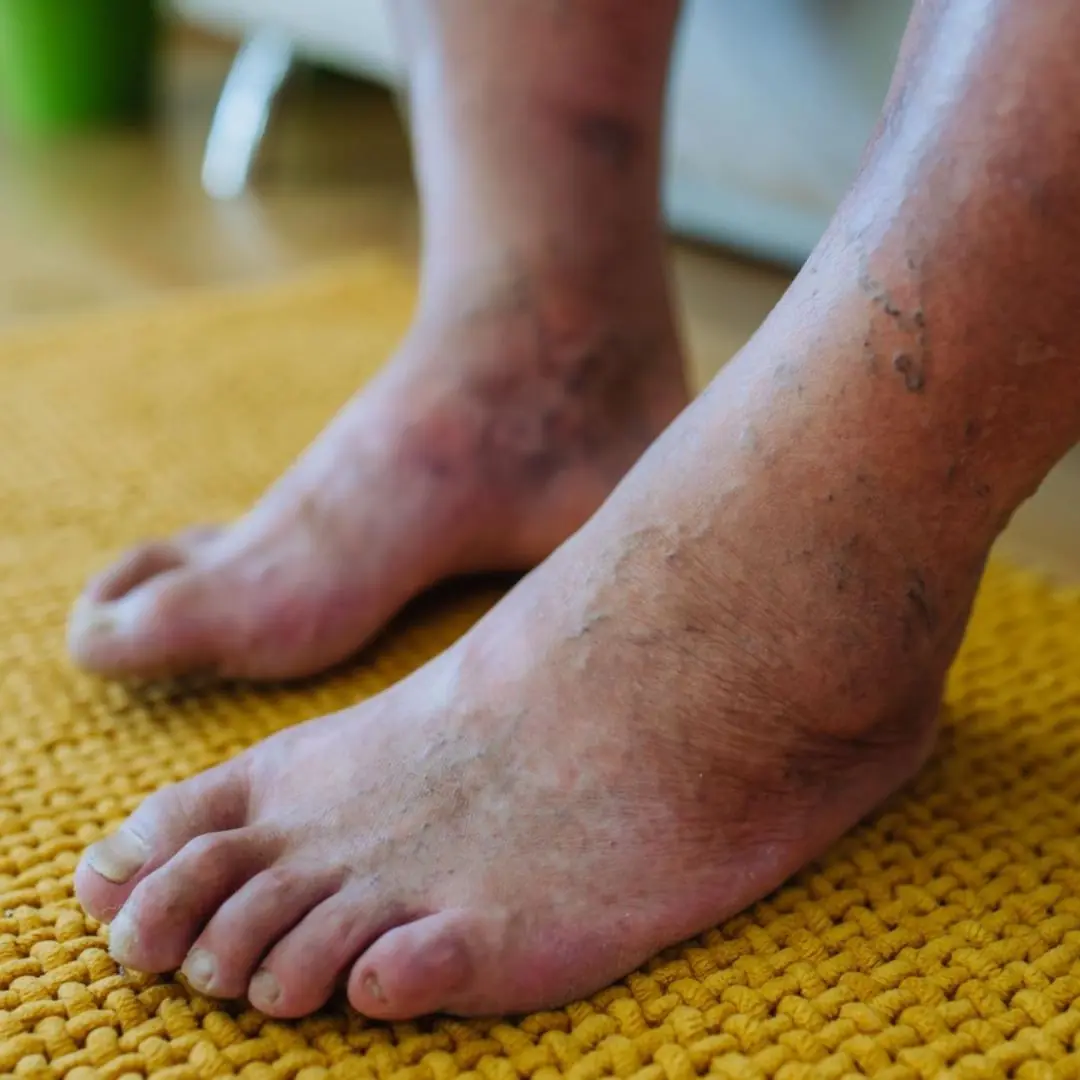
What’s Behind the Purple Color in Your Feet? Causes You Shouldn’t Ignore
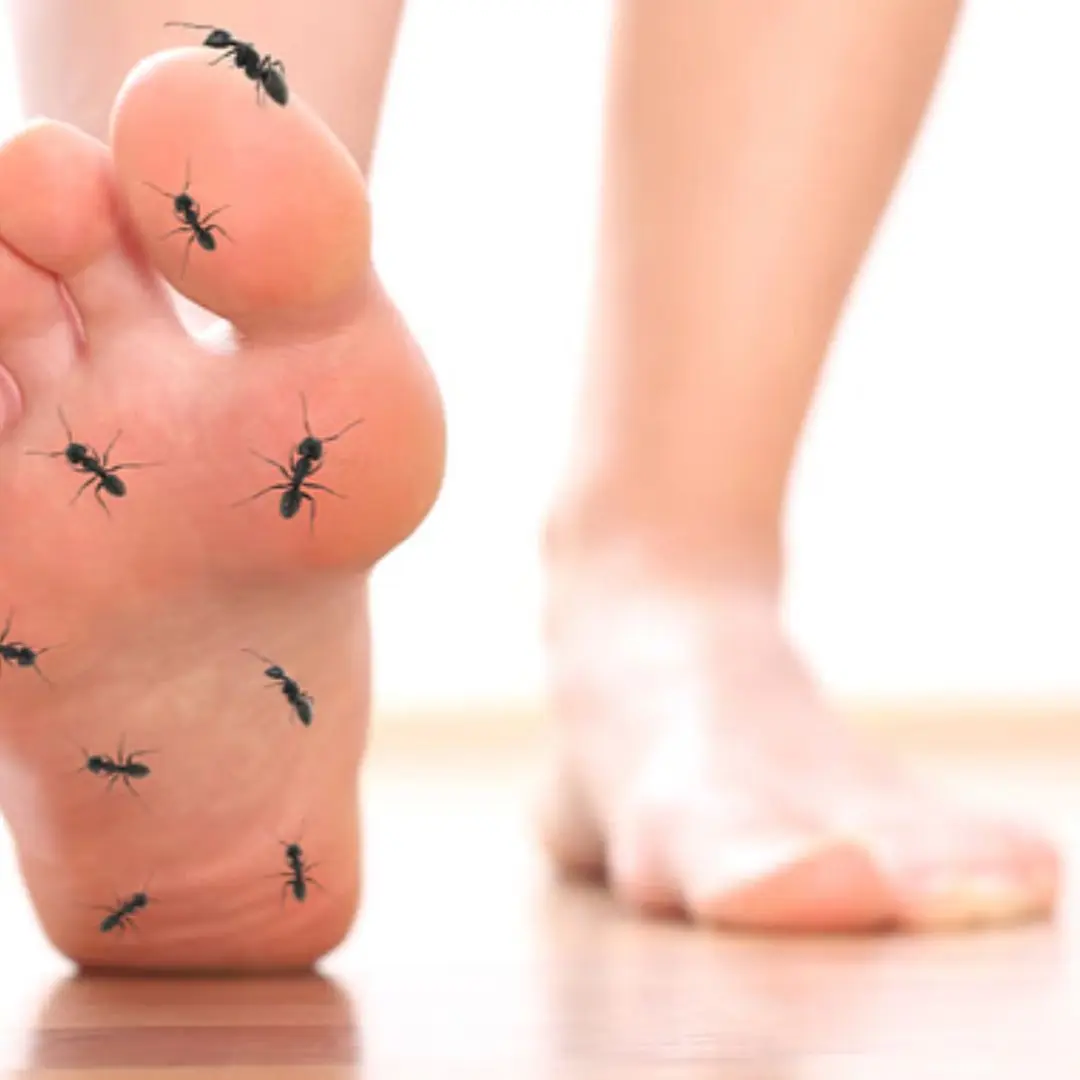
Tingling In Feet: 6 Common Causes You Should Know About

Sleep doctors reveal the one thing you should never do in the morning to maintain a good pattern
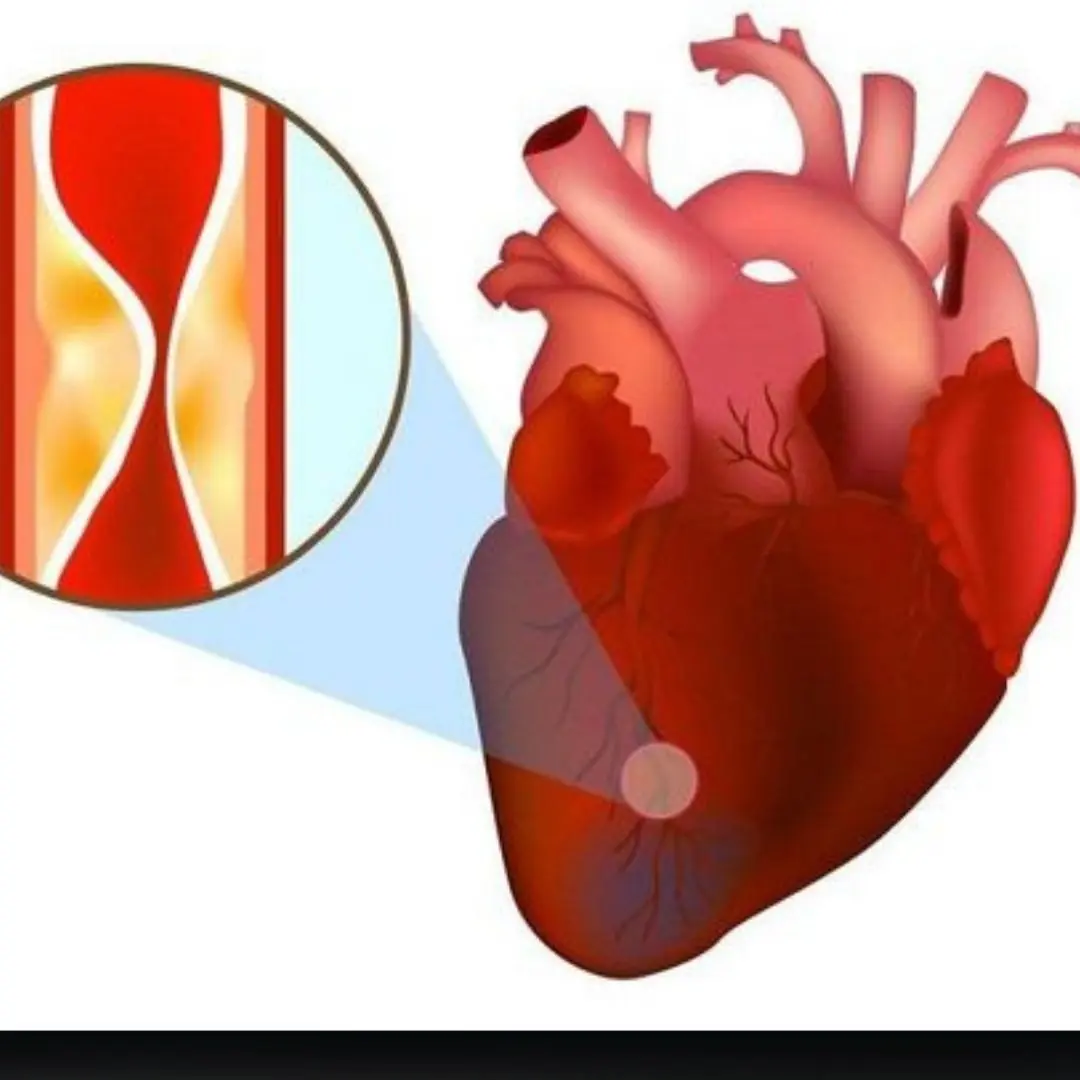
Who is at high risk for myocardial infarction?
News Post
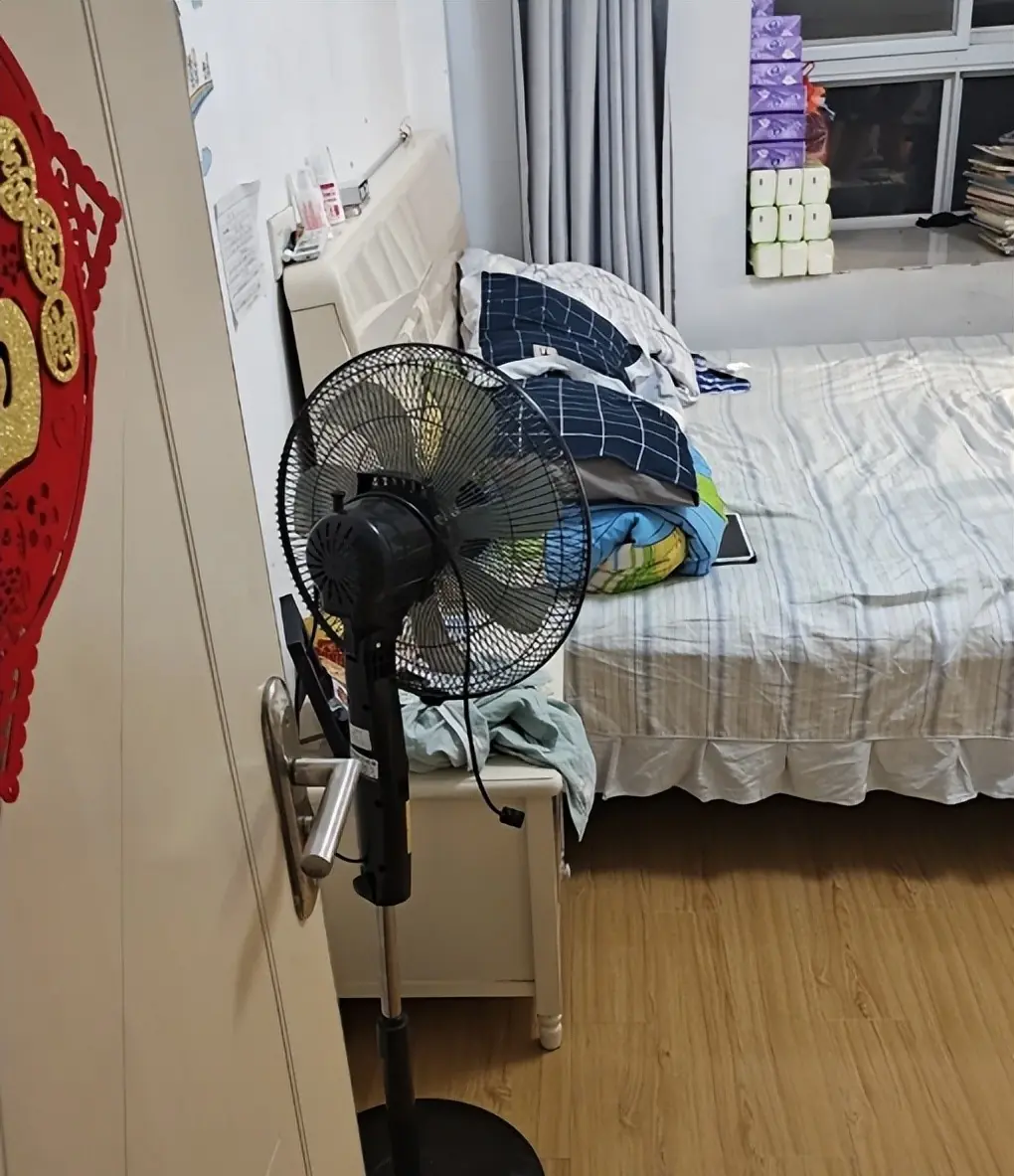
"Four things should not be placed at the head of the bed": The advice of the ancients turns out to be the truth

2 types of vegetables that Japanese people consider "miracle drugs": Sold in abundance at the market, unbelievably cheap

The vegetable that could save the world from hunger was once banned because it was... too ugly.

Place a Bowl of Water in the Fridge
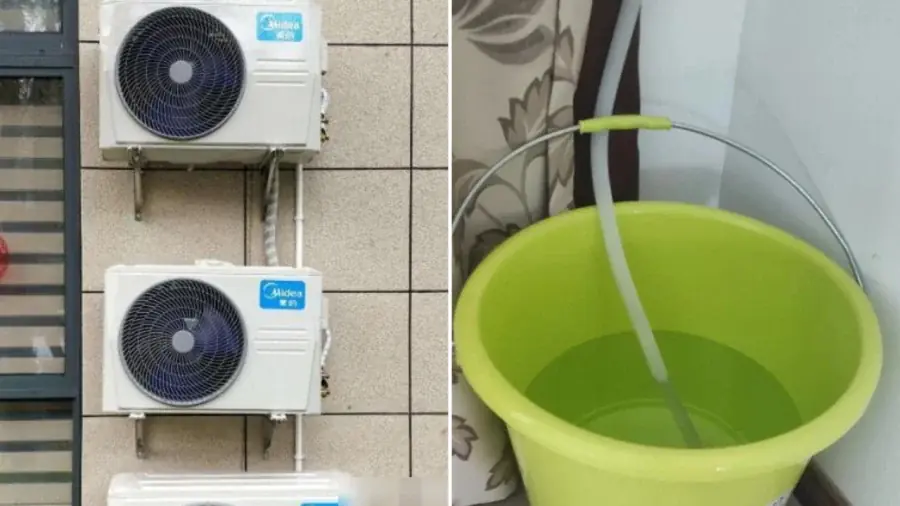
Save Air Conditioner Wastewater to Solve 4 Household Problems and Cut Costs
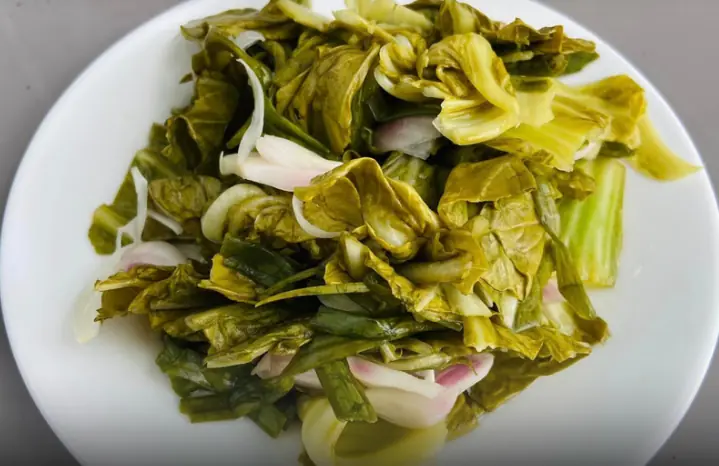
Three veggies that are secret "stomach k!llers" on the dinner plate: The last item is a a lot of people's favorite, with many households eating it every day 👇👇👇
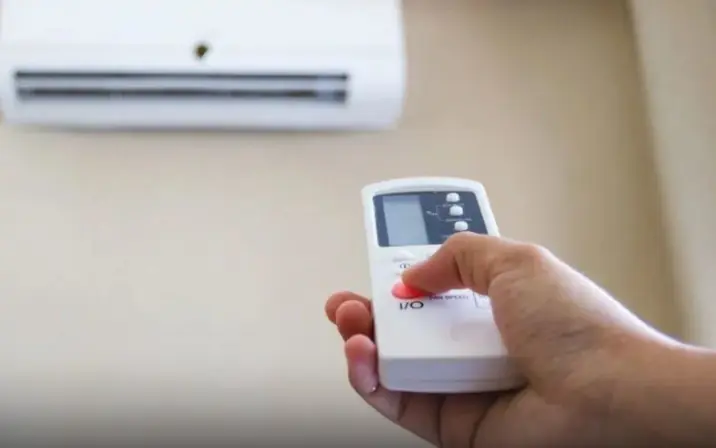
Smart People Know This Trick: Save Up to 50% on Your Monthly Electricity Bill by Adjusting Your Air Conditioner

No can:cel recurrence for 15 years: A Japanese doctor's 5 simple secrets to keep malignant cells from "daring to return."

Why Won’t My Dry Cough Go Away? Common Causes Explained

Discover the power of this seed: Protects the liver, effectively enhances memory

Shrimp lovers, beware: Don’t eat shrimp if you have these 6 health issues

10 cheap foods that are just as nutritious as bird’s nest

What is the disease of waking up with a swollen upper lip? Causes and treatment

One Small Change in Your Fingers Could Be an Early Sign of Lu.ng Can.cer

Doctors Say There Are 5 Symptoms After Meals So You Should Have an Early End.os.copy

4 Common Morning Habits That Bring You Closer to a Str.oke
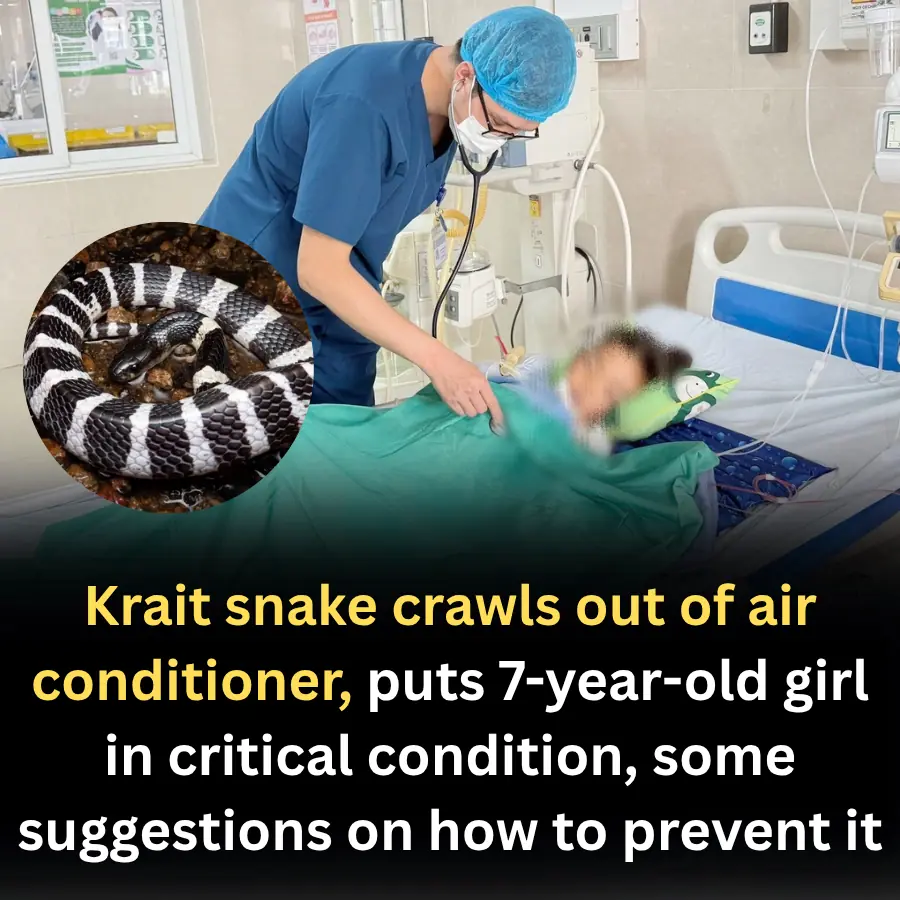
Krait snake crawls out of air conditioner, puts 7-year-old girl in critical condition, some suggestions on how to prevent it
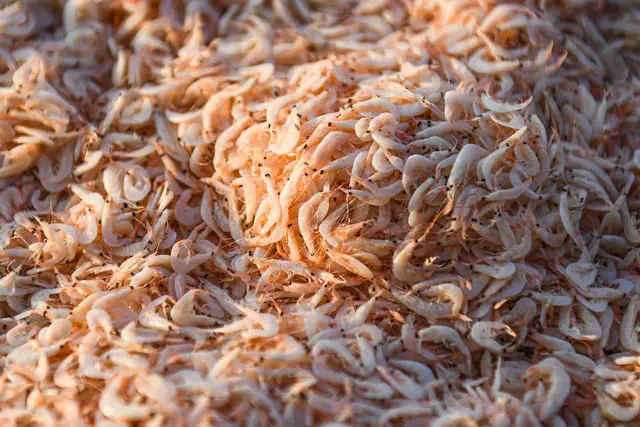
Seafood with 3 times more calcium than soybeans, China calls it "appetite enhancer" in summer
